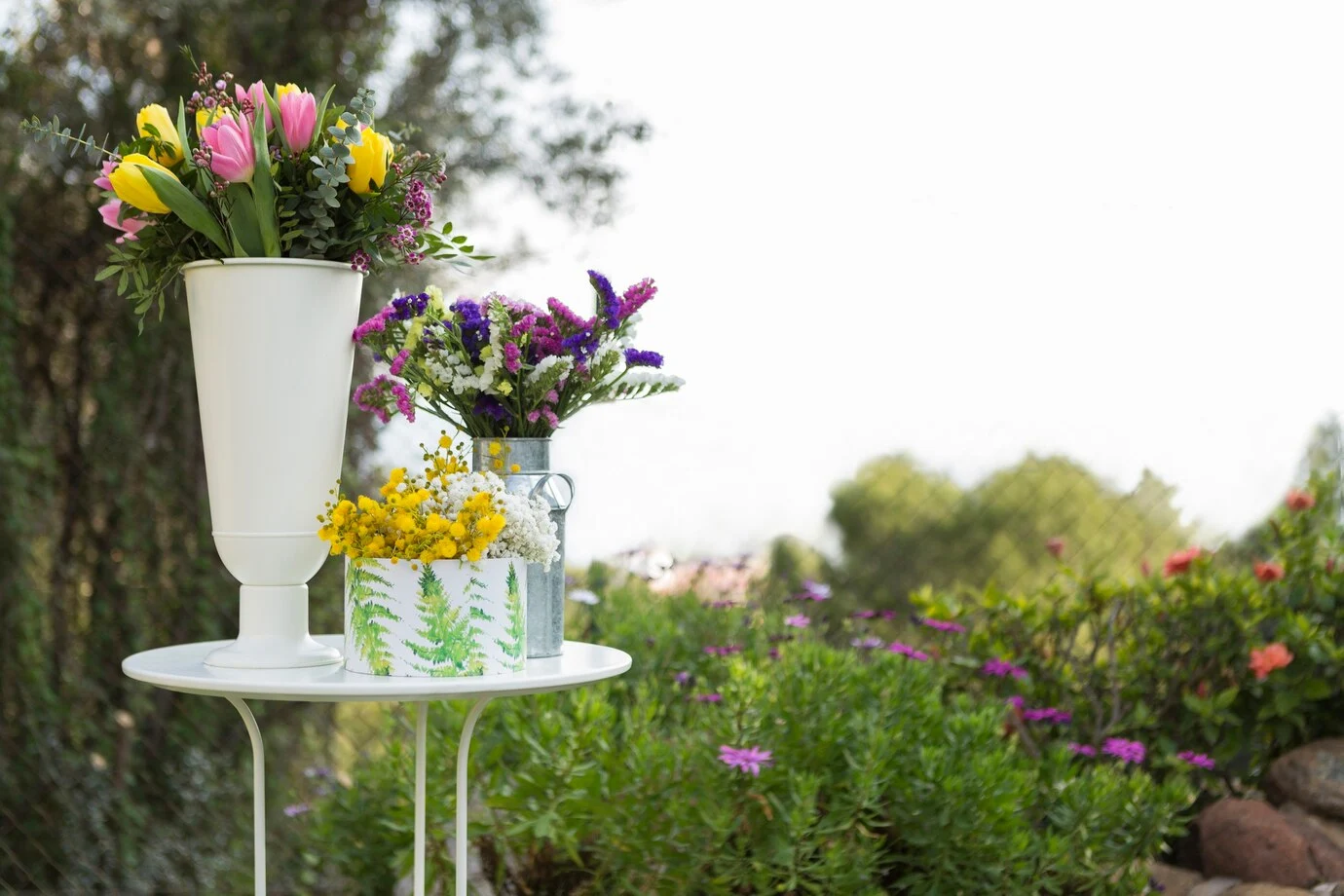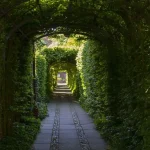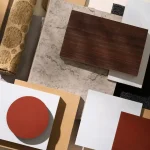Imagine stepping into a living tapestry of history, where flowers bloom in stories whispered by the past. Your garden can be such a place, a canvas where you can paint with vibrant colors, textures, and design elements that reflect eras gone by. Let’s embark on a journey through time, exploring different decorative styles to inspire your outdoor haven.
A Walk Through History: Layers of Time in Your Garden
“Every garden tells a story,” says Lauren Liess, a renowned landscape designer. By incorporating elements from different historical periods, you can create a layered and visually intriguing space. Picture a classic sundial nestled amongst vibrant, modern flower beds – a delightful marriage of old-world charm and contemporary flair. This approach allows you to express your taste while celebrating the evolution of garden design.
From Formal to Free-Flowing: A Touch of Structure
Garden design has come a long way from the rigid formality of the past. Landscape architect Piet Oudolf observes a shift towards a more relaxed and natural aesthetic. However, don’t dismiss those historical elements entirely. Think about incorporating a symmetrical layout for a calming sense of order, or adding topiary – the art of shaping shrubs into ornamental forms – for a touch of elegance. These elements can act as anchors in your garden, providing a sense of structure amidst the free-flowing beauty of nature.
Embracing Regional Traditions: A Local Touch
Your garden can be a celebration of your surroundings! Doug Rowe, a respected garden author, suggests considering elements from your region’s gardening history. For example, if you live in a dry climate, incorporating principles of Xeriscaping, a water-wise landscaping approach, can create a stunning desert oasis. Similarly, a coastal garden could draw inspiration from traditional cottage gardens, known for their overflowing abundance and charming informality. This local touch adds a layer of authenticity and connects your garden to the unique character of your area.
Blending Old and New: A Dynamic Harmony
Don’t be afraid to break the mold! Landscape architect Theodosia Beatrix Stacy Abbott reminds us that there’s no rule against mixing and matching styles. Imagine a modern sculpture standing sentinel amongst fragrant roses in a traditional English-style garden. This unexpected pairing can create a dynamic and visually engaging space. The key is to find a balance, ensuring the new elements complement rather than clash with the existing design.
Function Meets Beauty: A Space for All Seasons
Gardens should be enjoyed, not just admired. Roy Diblik, a landscape designer and author, emphasizes the importance of functionality. Draw inspiration from historical kitchen gardens for dedicated vegetable plots, or incorporate elements like seating areas from more relaxed styles to create a space that caters to your needs. Whether you dream of hosting lively gatherings or simply seeking a peaceful retreat, consider how different design elements can contribute to the overall functionality of your garden.
The Power of Plants: Setting the Stage
Plants are the true stars of any garden, and their selection plays a crucial role in defining its style. Jamaica Cottage Shop, an online gardening retailer, suggests exploring historical planting palettes or using modern hybrids that evoke a specific era. For instance, incorporating roses popular during Victorian times adds a touch of romantic charm, while opting for drought-resistant succulents can create a contemporary desert oasis. By carefully choosing your plants, you can create a cohesive and visually appealing garden that whispers stories of the past.
Conclusion: Your Garden, Your Canvas
The beauty of garden design lies in its endless possibilities. This exploration of historical styles is just the beginning. Whether you yearn for the formality of a bygone era or embrace the relaxed charm of modern trends, remember that your garden is a reflection of you. So, take inspiration from the past, embrace the present, and let your creativity bloom! With a little planning and these timeless design principles, you can create a garden that’s not just beautiful but also tells your unique story.





